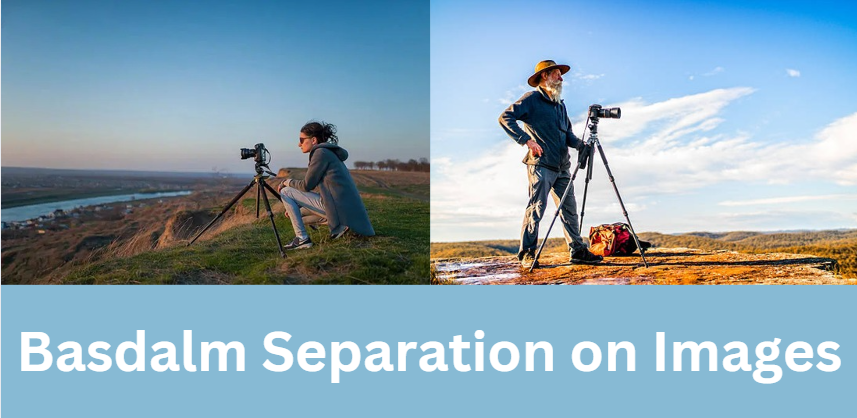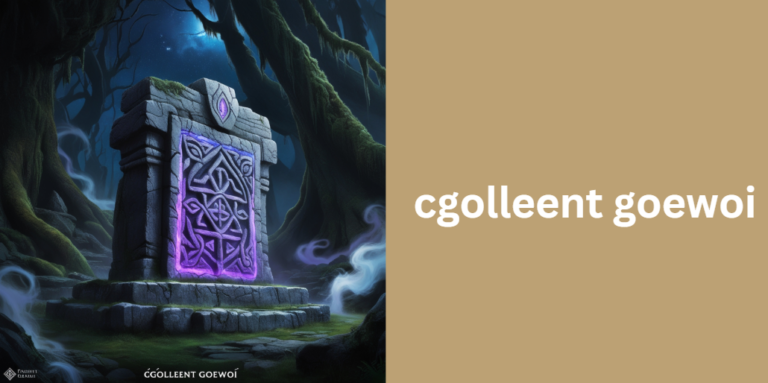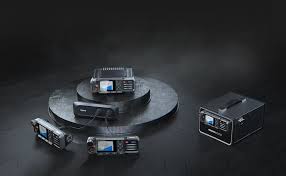
Image processing and graphic design demand exceptional precision to create visually stunning results. Basdalm Separation on Images has emerged as a revolutionary method that empowers professionals to isolate, manipulate, and enhance specific elements of an image.
Whether you are a photographer, a graphic designer, or a researcher in medical imaging, mastering Basdalm Separation can transform the quality and impact of your work.
This comprehensive guide delves into the principles, processes, applications, and real-life case studies of Basdalm Separation on Images to help you fully understand its potential.
What Is Basdalm Separation on Images?

Basdalm Separation is a technique used to separate an image into distinct layers based on specific visual characteristics, such as color, texture, or spatial placement. This layered separation allows for targeted adjustments to each element without interfering with the integrity of the entire image.
Imagine working with a landscape photograph where the vibrant sky, rugged mountains, and lush foreground all need different enhancements.
With Basdalm Separation, each of these elements is segmented into separate layers. This enables precise edits to the sky’s gradient, the mountains’ texture, or the foreground’s saturation—all independently controlled.
The process is invaluable for creative professionals and researchers alike. It enhances flexibility, precision, and control, making it a go-to method for advanced image editing.
The Process of Basdalm Separation: A Step-by-Step Breakdown

Step 1: Image Segmentation
Image segmentation is the foundation of Basdalm Separation. This involves analyzing the image and breaking it into distinct components. Advanced tools use algorithms to detect features like color gradients, textures, and spatial boundaries, ensuring accurate segmentation.
Step 2: Layer Assignment
After segmentation, the distinct components are assigned to individual layers. For example:
- A portrait might have layers for the subject’s face, background, and fine details like hair or eyes.
- A product photo might have layers for the object, reflections, and background.
Step 3: Precision Editing
Each layer is edited independently. Adjustments may include modifying brightness, sharpening details, or applying unique effects. The key is that edits to one layer do not affect the others, allowing for unparalleled precision.
Step 4: Layer Recombination
Once all edits are complete, the layers are seamlessly integrated back into a unified image. The final result is cohesive, yet each component is refined to its optimal state.
The Importance of Basdalm Separation on Images

Enhancing Editing Precision
Basdalm Separation allows for highly specific edits. Whether you are enhancing the color of a specific object or sharpening a fine detail, this technique ensures no unintended changes affect the rest of the image.
Streamlining Workflows
By isolating components, Basdalm Separation reduces the need for manual selection or masking. This accelerates the editing process, especially for complex projects.
Expanding Creative Potential
Creative professionals can experiment with new effects and styles without risk. Isolated layers enable the freedom to test dynamic designs while maintaining the image’s core integrity.
Achieving Professional-Quality Results
The precision offered by Basdalm Separation ensures professional-grade outputs. Whether for marketing materials, fine art prints, or medical reports, this technique enhances the final product’s quality.
Applications of Basdalm Separation on Images

Advanced Photography
Photographers use Basdalm Separation to refine their images with precision. For example, in a wildlife photo, isolating the subject from the background allows for adjustments to lighting and focus that enhance the subject’s prominence.
A real-life scenario involves a wedding photographer who needed to make the bride’s dress appear brighter without affecting the surrounding details. By isolating the dress using Basdalm Separation, they achieved this effect seamlessly.
Graphic Design
In graphic design, Basdalm Separation enables designers to create layered compositions. Separating foreground objects, text overlays, and backgrounds makes it easier to manage complex designs.
For instance, in an advertisement, the product was isolated and its texture enhanced, while the background was subtly blurred to draw attention to the main subject.
Medical Imaging
In medical imaging, Basdalm Separation plays a critical role in diagnostic precision. Radiologists use the technique to isolate organs or tissues in complex scans, allowing for detailed analysis without interference from surrounding structures.
A practical example involved isolating a tumor in a CT scan, enabling the medical team to develop a targeted treatment plan with greater confidence.
Printing
Basdalm Separation is a key component in high-quality printing. By separating colors and layers, the technique ensures vibrant, consistent prints with precise color fidelity.
Video Editing
For video editors, Basdalm Separation facilitates the application of effects to specific elements within a frame. For instance, isolating a subject allows for selective lighting adjustments, enhancing the overall scene.
Real-Life Case Study: Elevating a Landscape Photograph

A landscape photographer captured a breathtaking image of a sunset over a mountain range. While the composition was ideal, the foreground appeared too dark compared to the vibrant sky.
The Solution
Using Basdalm Separation, the photographer segmented the image into three layers:
- Sky Layer: Enhanced the vibrancy of the sunset colors.
- Mountain Layer: Sharpened the texture for a dramatic effect.
- Foreground Layer: Adjusted the shadows to bring out hidden details.
The Outcome
The edited image was a harmonious masterpiece, showcasing both the sky’s vivid hues and the natural beauty of the landscape. It was later featured in a renowned photography magazine, illustrating the power of Basdalm Separation in creating professional-grade images.
How to Use Basdalm Separation on Images

Selecting the Right Software
Tools like Adobe Photoshop, Affinity Photo, and GIMP are ideal for Basdalm Separation. Plugins and AI-powered tools can automate segmentation, making the process faster and more efficient.
Preparing the Image
Analyze your image to identify the key elements that need adjustment. Decide which areas require isolation for independent editing.
Applying Basdalm Separation
Use the software to segment the image into layers. Assign each layer based on the element’s characteristics, such as color, texture, or position.
Editing Layers Independently
Make targeted adjustments to each layer. For example, enhance the subject’s details while softening the background or adjusting the lighting.
Recombining the Layers
Once the edits are complete, integrate the layers to create a seamless and polished final image.
Frequently Asked Questions About Basdalm Separation on Images
How does Basdalm Separation improve workflow efficiency?
Basdalm Separation reduces manual effort by segmenting images into layers. This eliminates the need for repetitive masking or selection tasks, saving significant time.
What makes Basdalm Separation different from masking?
Masking isolates specific parts of an image temporarily, whereas Basdalm Separation creates editable layers that allow for precise, independent adjustments.
Is Basdalm Separation accessible to beginners?
Yes, many modern tools simplify Basdalm Separation with guided workflows and automated features, making it user-friendly for beginners.
Can Basdalm Separation be used in video editing?
Absolutely. In video editing, Basdalm Separation is used to isolate subjects within frames, enabling targeted effects and adjustments.
Which industries benefit the most from Basdalm Separation?
Industries like photography, graphic design, medical imaging, printing, and video production benefit significantly from Basdalm Separation due to its versatility and precision.
Conclusion
Basdalm Separation on Images has revolutionized how professionals approach image editing. By isolating specific components within an image, this technique ensures precision, enhances creativity, and improves workflow efficiency across various fields.
Whether you’re editing photos, designing graphics, or working on medical diagnostics, Basdalm Separation provides the tools you need to achieve exceptional results.
Explore Basdalm Separation today to transform your creative projects and unlock unparalleled possibilities in visual processing.
Affiliated Posts Like Basdalm Separation on Images
How 5StarsStocks.com Stocks Are Revolutionizing the Way You Invest
Make1M Maybach: Your Gateway to Luxury and Financial Success
Oklahoma City Mesothelioma Lawyer Vimeo: Your Ultimate Guide to Justice






